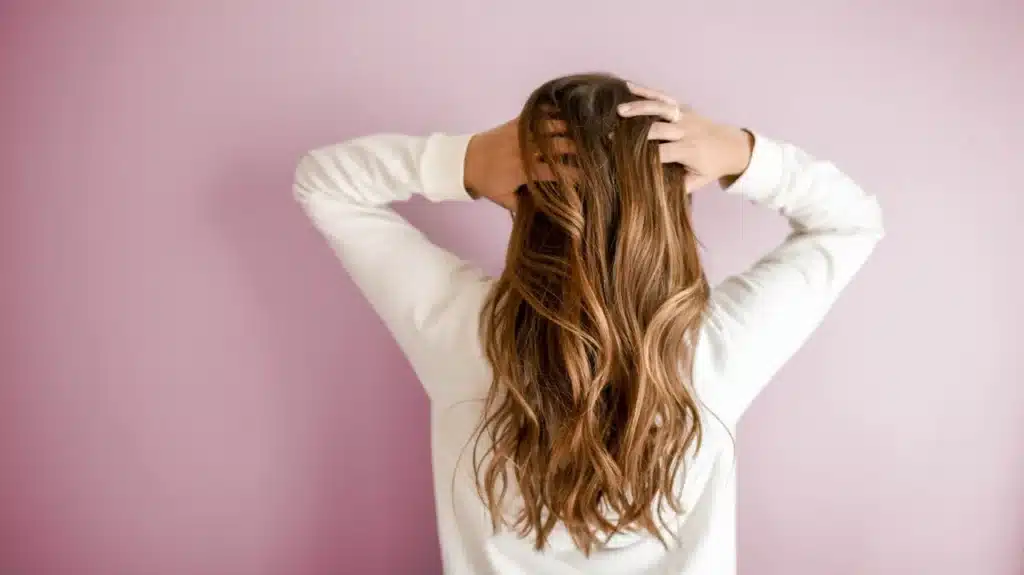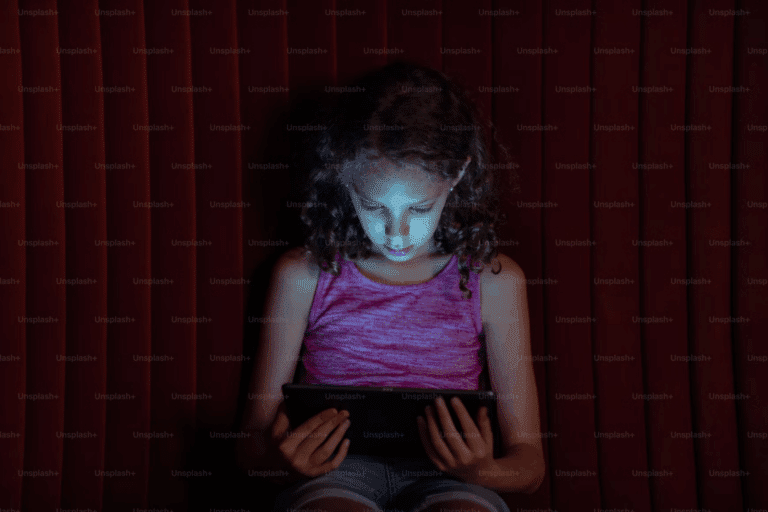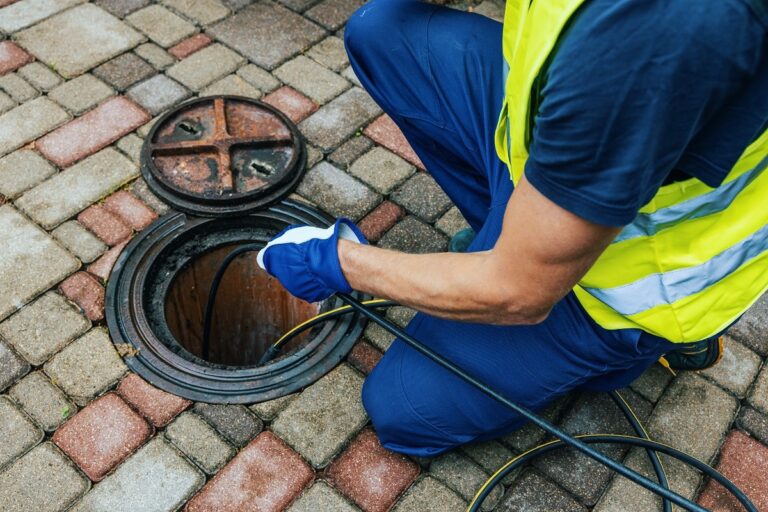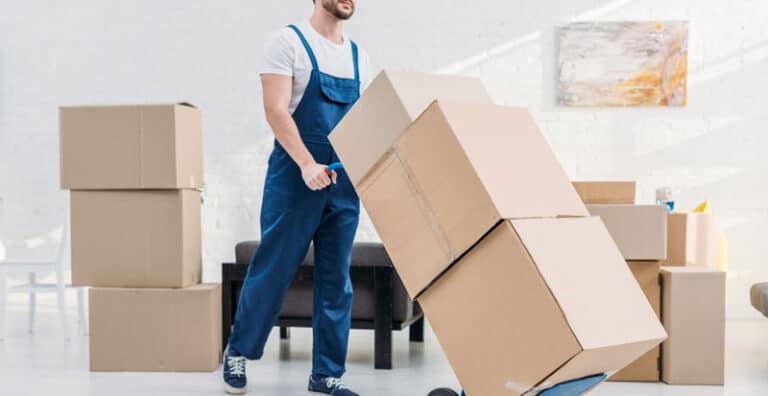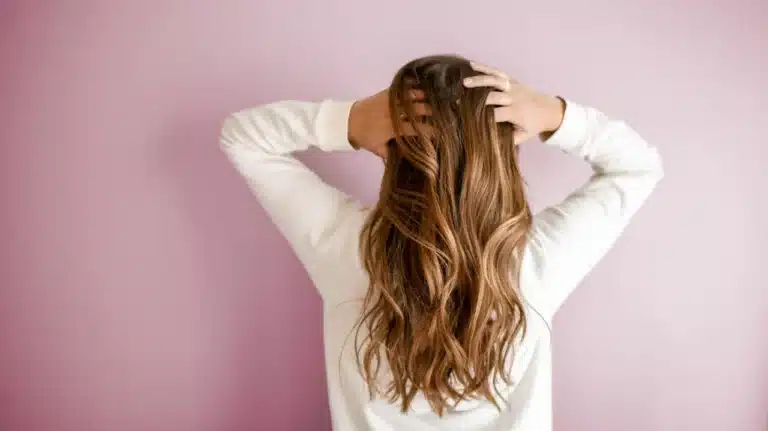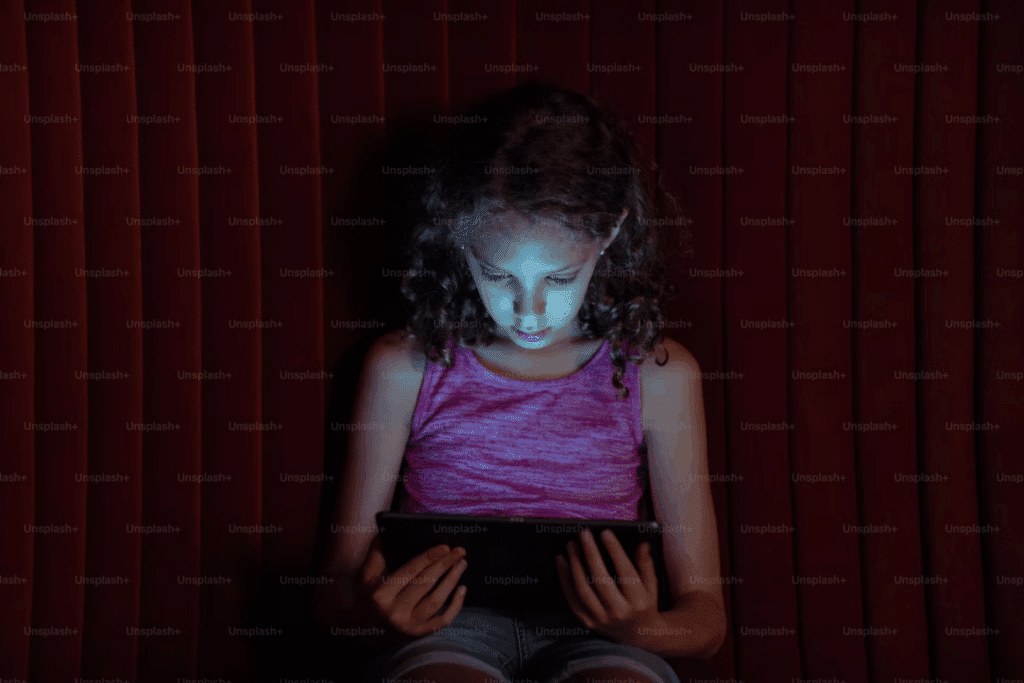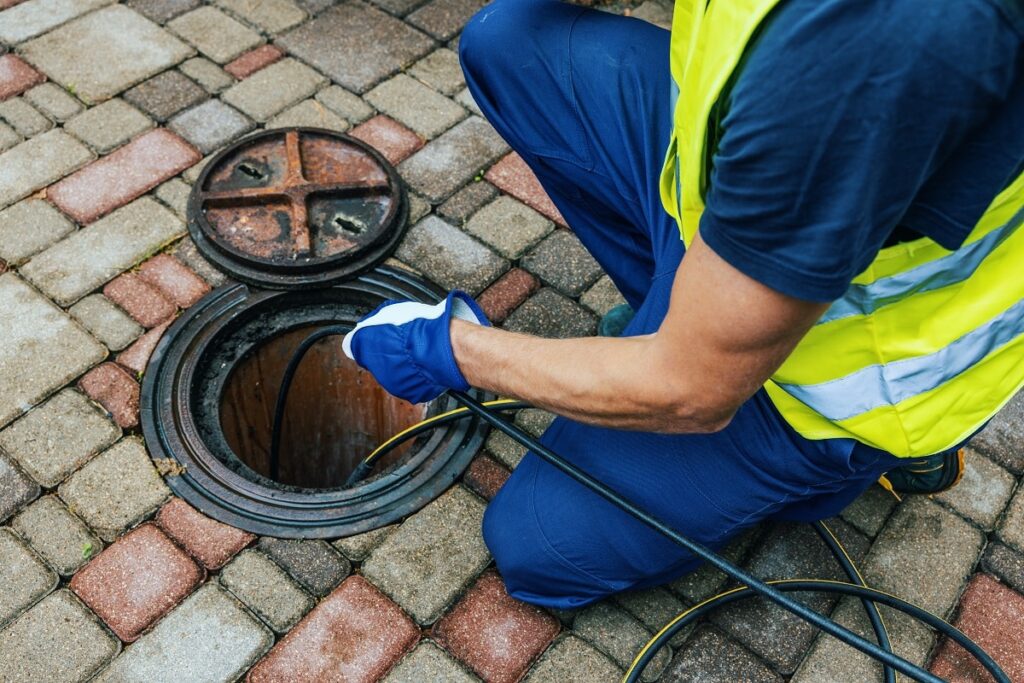I stared in horror at the clump of hair in my shower drain. Again. Three months after having my baby, my thick pregnancy locks were abandoning ship at an alarming rate. Even worse? My scalp had become an itchy, flaky mess. “Nobody warned me about this part,” I muttered, wondering if I’d end up bald with dandruff to boot.
If you’re finding hair everywhere except on your head after having a baby, you’re not alone. Let’s talk about what’s happening up there.
Why Your Hair Is Jumping Ship
Remember that gorgeous pregnancy hair you were rocking? Those sky-high estrogen levels basically put your normal hair shedding on pause. Your hair stayed in the growth phase longer, so fewer strands fell out each day.
Then you had your baby, and those hormones crashed hard. Your body basically said, “Party’s over!” and all those extra hairs that stuck around during pregnancy got the signal to exit all at once.
Most of us lose about 300-500 hairs daily during this postpartum shed—way more than normal. That’s why your brush looks like a small animal died in it. I found hair wounds around my baby’s fingers, stuck to my clothes, and basically everywhere except where it belonged.
Why Your Scalp Is Freaking Out Too
The dandruff that shows up postpartum blindsided me completely. No one mentions that your scalp might revolt right when you barely have time to shower.
Those same hormones that trigger hair loss also mess with your scalp’s oil production. During pregnancy, your skin probably made plenty of oil. After birth, production often plummets, leaving your scalp dry and flaky.
Add in the sleep deprivation and stress of caring for a newborn (hello, cortisol overload), and your scalp’s healthy balance gets thrown completely off track. The result? Flakes, itchiness, and sometimes even angry red patches along your hairline and behind your ears. My sister called it a “cradle cap for adults,” which isn’t far off.
Gentle Ways to Calm Your Angry Scalp
When I was barely finding time to brush my teeth, a complicated hair routine wasn’t happening. These simple approaches helped:
Don’t skip wash day: I know, showering with a newborn in the house feels like a luxury vacation. But regular washing (every 2-3 days) helps control those flakes.
Luke warm water only: Hot showers feel amazing, but they strip away the little natural oil your poor scalp has left. I learned this the hard way.
No scratching!: My hairstylist caught me digging at my scalp and gently slapped my hand away. Use your fingertips to massage instead—it feels better and won’t make things worse.
Try the rotation method: I use just anti-dandruff shampoo to dry out my already sad hair. I started alternating between a gentle dandruff shampoo and a moisturizing one, and things improved dramatically.
Kitchen remedies that work: My grandmother swore by apple cider vinegar rinses (mix 1 tablespoon with a cup of water). It smelled funky for a few minutes but balanced my scalp better than expensive treatments.
Making Your Hair Look Fuller Until It Recovers
Let’s be honest—postpartum hair loss makes you feel like you’re disappearing along with your hair. These products saved my self-confidence:
Volume-boosting shampoo: Skip anything “moisturizing” or “smoothing”—those weigh your hair down. Shampoos with “volume” or “thickening” on the label worked best.
Root spray is your friend: Spray volumizers specifically for roots gave me lift where I needed it most. Apply to damp roots, then blow dry while lifting hair away from your scalp with your fingers.
Texturizing powder: This was my secret weapon. A little sprinkling at the roots absorbed oil and gave excellent volume. I could go an extra day between washes, which was pure gold with a newborn.
Cover-up for bare spots: When my part line showed too much scalp, I used a root touch-up powder that matched my hair color. It took 10 seconds to apply, and no one knew the difference.
Heat protection matters more now: My already fragile hair couldn’t handle heat without breaking. Using heat protectant before blow-drying saved what strands I had left.
Foods That Tell Your Hair to Grow Already
My midwife explained that after birth, my body would direct nutrients to recovery and milk production first—hair growth was a low priority. These foods helped convince my body to spare some resources for my sad strands:
Protein at every meal: Hair is almost all protein. Eggs for breakfast, chickpeas in my salad, and chicken for dinner became my standard rotation.
Iron-rich foods: After losing blood during delivery, my iron stores were low. Spinach, lentils, and meat paired with vitamin C foods (I added lemon to my spinach) helped rebuild them.
Healthy fats: Avocado toast became my postpartum staple—the fats nourish hair follicles from the inside out. I also added walnuts to my oatmeal for omega-3s.
Seeds worth eating: Pumpkin seeds are packed with zinc, which helps with oil control and healthy growth. I sprinkled them on everything.
Collagen boosters: Instead of expensive supplements, I focused on foods rich in vitamin C, like bell peppers and berries, which help your body produce its own collagen.
When I tried cutting calories to lose the baby weight, my hair shedding got worse. I learned that fueling my body properly was more important than quick weight loss.
When to Call in the Professionals
While most postpartum hair and scalp issues work themselves out by your baby’s first birthday, some situations need expert eyes:
- If your hair is still falling out in handfuls of the past 12 months
- If you notice round, completely bald patches
- When your scalp is painful or severely itchy
- If hair loss happens alongside feeling constantly cold, exhausted, or having trouble losing weight
I ignored my symptoms for months before learning they were connected to postpartum thyroid issues. Getting proper treatment helped both my hair and my energy levels.
The postpartum period is hard enough without feeling betrayed by your hair. Remember that these changes are temporary for most women. My daughter just turned two, and while my hair isn’t as thick as it was during pregnancy, the drain-clogging days are behind me, and my scalp finally feels normal again.
Your hair will come back. And until then, dry shampoo, hats, and a sense of humor will get you through.

